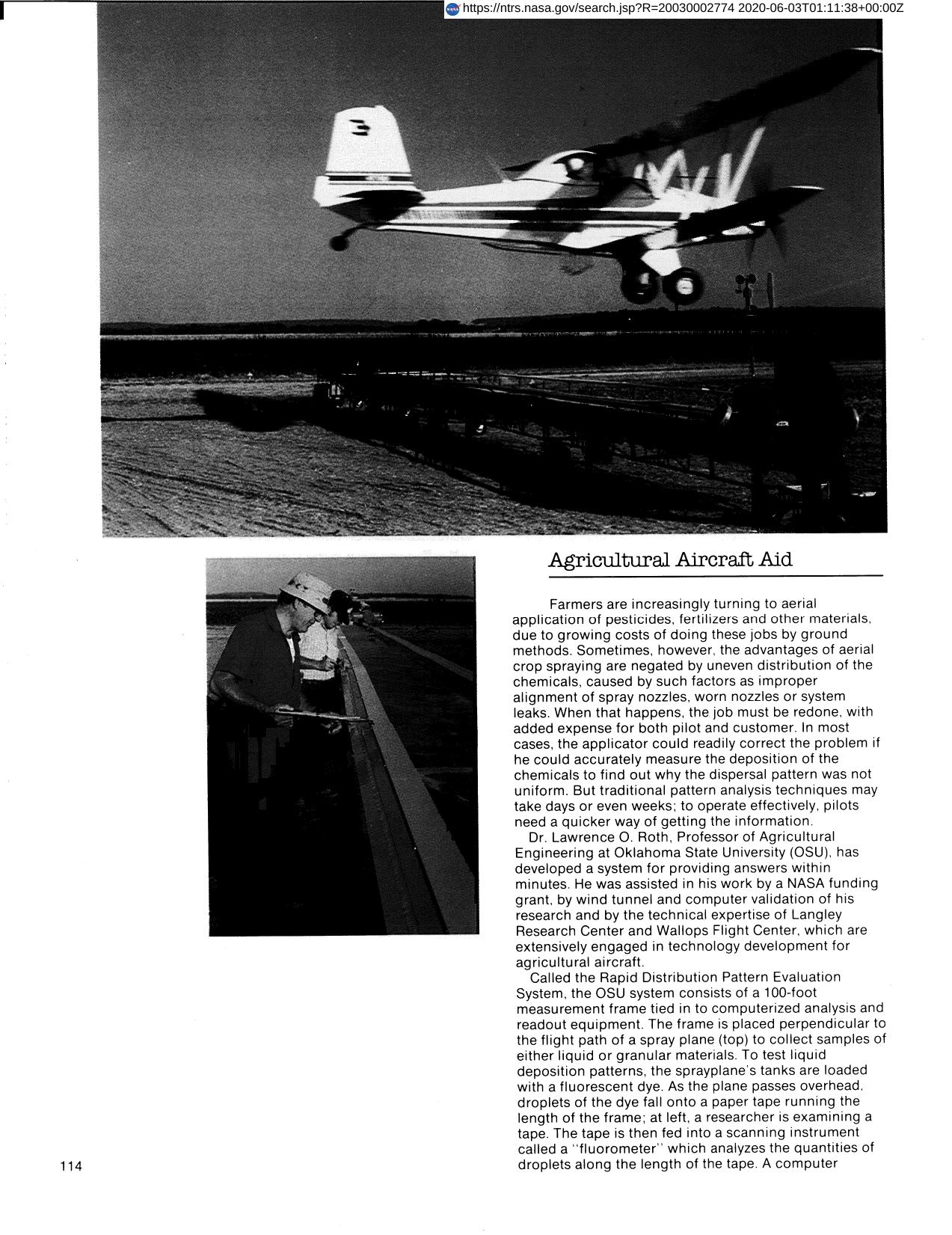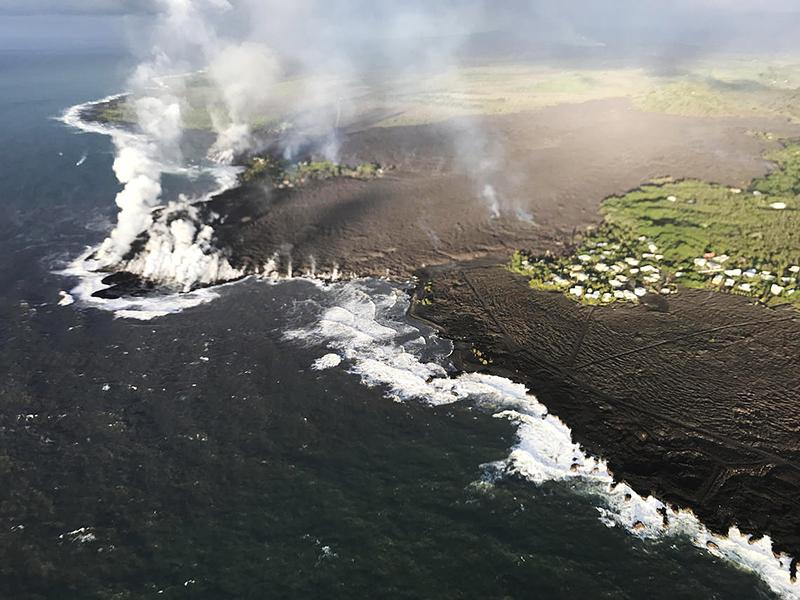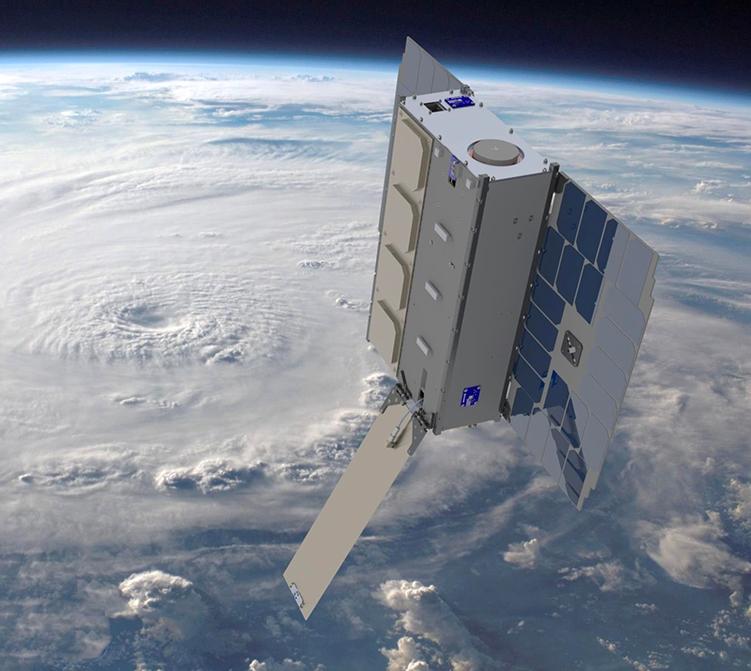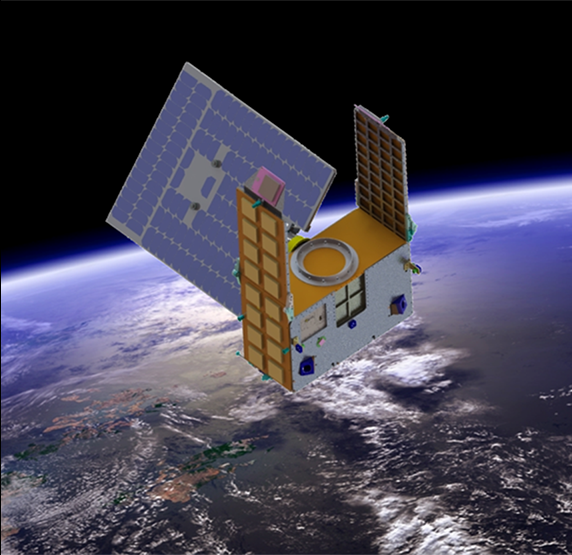
Agricultural Aircraft Aid
Farmers are increasingly turning to aerial applications of pesticides, fertilizers and other materials. Sometimes uneven distribution of the chemicals is caused by worn nozzles, improper alignment of spray nozzles or system leaks. If this happens, job must be redone with added expense to both the pilot and customer. Traditional pattern analysis techniques take days or weeks. Utilizing NASA's wind tunnel and computer validation technology, Dr. Roth, Oklahoma State University (OSU), developed a system for providing answers within minutes. Called the Rapid Distribution Pattern Evaluation System, the OSU system consists of a 100-foot measurement frame tied in to computerized analysis and readout equipment. System is mobile, delivered by trailer to airfields in agricultural areas where OSU conducts educational fly-ins." A fly-in typically draws 50 to 100 aerial applicators researchers chemical suppliers and regulatory officials. An applicator can have his spray pattern checked. A computerized readout available in five to 12 minutes provides information for correcting shortcomings in the distribution pattern."
Full article: http://hdl.handle.net/hdl:2060/20030002774

Agricultural Aircraft Aid

Agricultural Aircraft Aid













